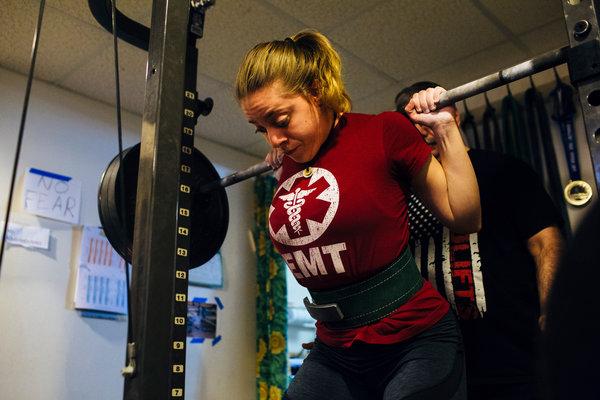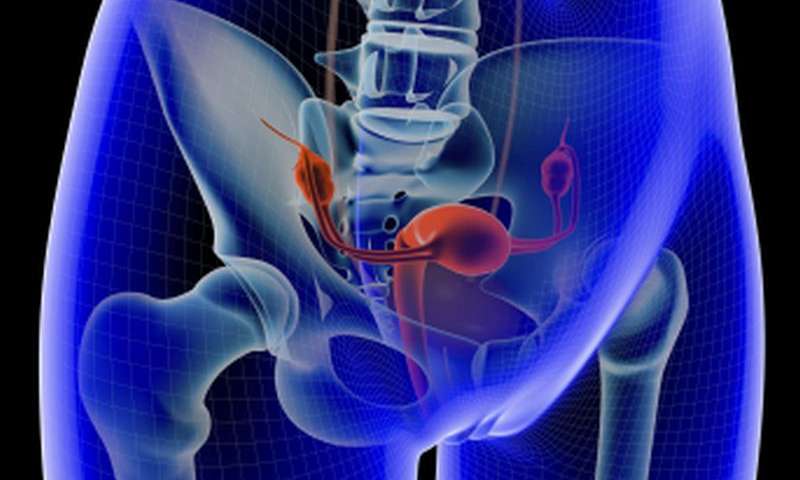Not everyone knows why women should not lift weights. A woman is a fragile creature, she has other goals on Earth, she is a mother and guardian of beauty, why should she physically strain at all? Apparently, based on this concept, the female body was created, it is not anatomically adapted to lift and carry loads.
Female body anatomy
The pelvic organs of a woman are arranged in such a way that they simply have nothing to rest against, to put it simply, there is no bottom. The bladder, uterus, vagina - all this is attached to the walls of the pelvic bones. In the male body, the pelvic organs abut the muscles and fascia in the lower pelvis.
All organs of the urinary system, as well as the uterus, fallopian tubes and vagina, are supported by muscles attached to the bones by ligaments. And if it is still possible to keep the muscles in tone with the help of exercises and daily training, then the ligaments remain thin and poorly stretched. That is why stress when lifting weights, increasing pressure in the peritoneum, simply squeezes the organs of the small pelvis through the bottom. The uterus and fallopian tubes are lowered.
Hormonal regulation

There are male and female hormones that control the body's metabolism in a variety of situations. The main male hormone testosterone is not only responsible for the functioning of the reproductive system, but also for the growth and strengthening of muscle mass.
In the female body, the leading hormone is estrogen. It regulates many processes, but not muscle growth and strengthening. Women also have testosterone, but at times less than in the male body. Thus, it becomes clear why women can not lift weights: their muscles from this are not strengthened, but torn.
Of course, there are examples that a woman can be stronger than a man in terms of carrying capacity, for example a bodybuilder. But you need to understand that this category of women is forced to take synthetic testosterone in order to increase the ability of their muscles to grow and strengthen. Having stopped taking drugs, the athlete very quickly returns to the normal state for women.
And it is necessary to stop taking testosterone, because at the same time, the female body ceases to behave like a man: the regularity of the menstrual cycle is violated, the woman can not conceive and bear a child, her face begins to grow hair, her voice becomes rough and sex drive disappears.
How much to raise at work

The most overall load that a woman can lift at work is 10 kg. Although it is better if the load is less.
If your employer requires more weight, this can be challenged in court. The decision to lift goods at work is formed and approved by the Ministry of Labor, that is, it is a law.
Severity and menstruation
During menstruation, weight lifting must be completely abandoned. What is this fraught with? This creates an additional burden on the uterus (everyone knows that this is a muscular organ), it begins to contract, expelling blood masses.
Severe bleeding, aggravated by physical exertion, can cause blood to enter the ovary or fallopian tube. This circumstance causes endometriosis.
Signs of omission of organs

Work as a loader or other methods of overloading the female body are very pronounced. There is pain in the lower back, reflected in the lower abdomen. A woman's sex drive disappears, she does not reach an orgasm during intercourse, and instead feels pain.
In the vagina during intercourse, air is accumulated, causing the woman discomfort. The regularity of the menstrual cycle is disrupted or menstruation disappears completely. You can forget about pregnancy in such a situation.
Causes of pelvic prolapse
The omission of the pelvic organs is the main reason why women should not lift weights. But there are a number of factors that are not related to carrying weights, but leading to exactly the same symptoms:
- Pregnancy. But in this situation, although it is a natural, but still a burden. Moreover, the uterus itself exerts pressure on the pelvic organs, which becomes heavier day by day.
- Excess weight. The layer of adipose tissue under the skin can reach tens of kilograms, which causes a constant load on the organs. Moreover, the internal organs themselves are covered with fat, which is also very harmful to them.
- With a sedentary lifestyle, the pelvic organs, and most importantly, the muscles that support them, are extremely poorly supplied with blood, and therefore, oxygen and beneficial trace elements. As a result of this, the muscles weaken and organ prolapse occurs.
Allowed load for women

The risk of prolapse of the uterus and other organs is the main reason why women should not lift weights. Nevertheless, the load on the female body is also necessary, just in order to avoid omission and the associated unpleasant consequences.
Hence the question of how much kg a woman can lift in principle, so that it is useful and without risk. The answer is simple. The norms of maximum allowable loads for women are developed at the state level and are included in the Labor Codes of all countries. On average, it is lifting goods from 5 to 10 kg. Of course, a lot depends on the individual characteristics of the body, height, weight, woman's age.